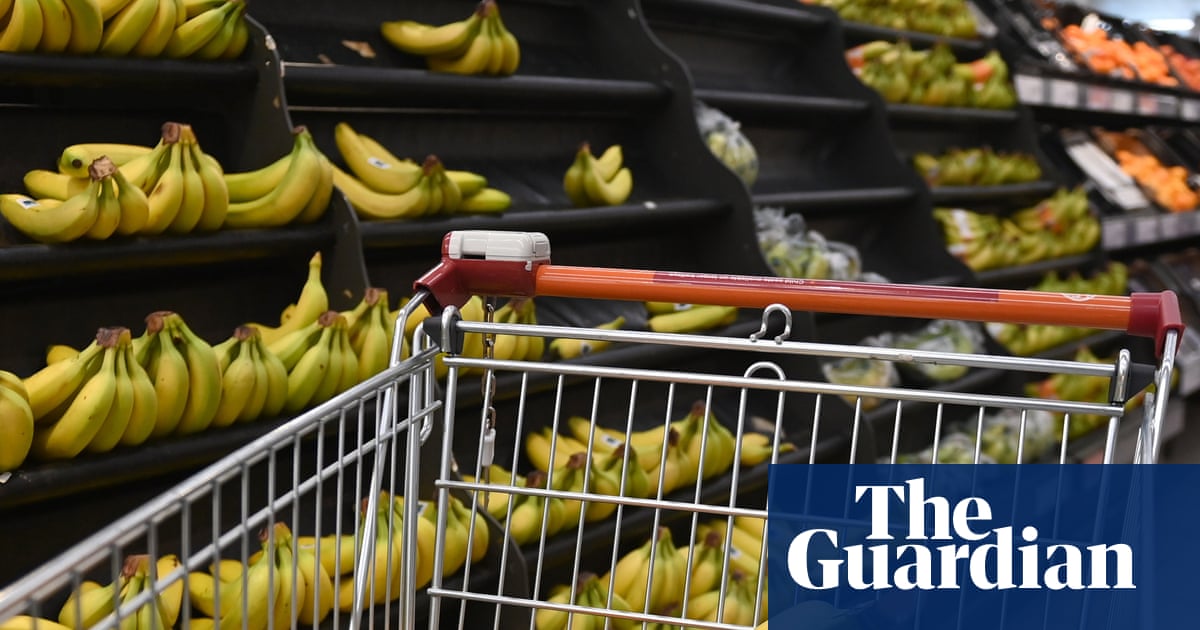T4K3.news
Bristol high streets under pressure
Footfall in Bristol has fallen in most months since 2023, with calls for budget relief and rate reform.
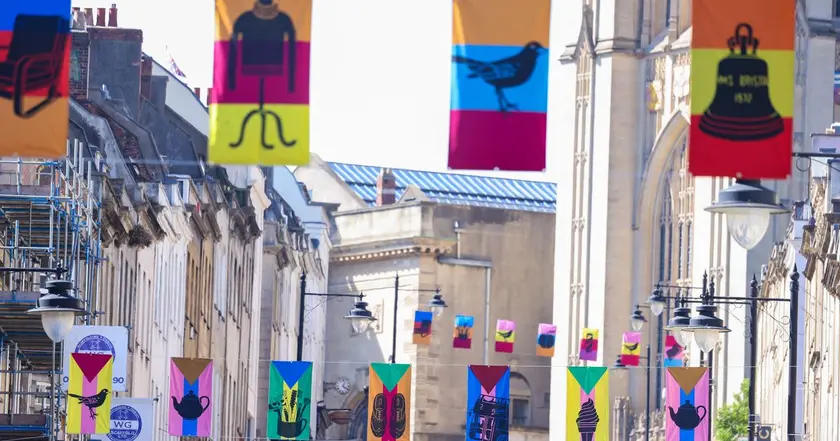
Footfall on Bristol high streets has declined in most months since 2023, prompting calls for government support and reform.
Bristol high streets face decline as footfall falls and calls for relief grow
New figures compiled for Bristol by the British Retail Consortium show footfall on the city’s high streets has fallen in most months since 2023. In the latest monthly comparison, July 2025 was 3.5 percent lower than July 2024, and March 2025 showed a 12.5 percent drop. Over the 24 month period only three months posted any rise from the year before. The data also highlights the closure of WH Mogford & Son, a hardware shop in Westbury on Trym that shut this summer after 160 years in business. The owner Paul Gillam pointed to a mix of factors, including higher wages, decommissioned banks in the area, and the shift to home working that keeps people away from lunch time strolls.
Retailers say government support is needed in the Autumn Budget to prevent more closures. The British Retail Consortium warns that higher business rates could push shops over the edge. Trade groups argue that high streets bear more than their share of business rates despite contributing just a fraction of the economy. Some local areas show pockets of improvement; for example Park Street saw a 45 percent rise in footfall after a splash of new color and summer events. Traders also point to Clean Air Zone policies as a pressure, while the council defends them as part of a plan to improve air quality and future transport. Across the UK, footfall on high streets fell around 1.7 percent year on year, underscoring a national challenge for in person retail.
Key Takeaways
"The footfall has been falling since Covid really"
Paul Gillam on factors behind the decline
"Only a substantial cut will truly benefit communities nationwide and help bring thousands of empty shops back into use"
Helen Dickinson on the need for rate relief
"Footfall highlights in July included summer events"
Steve Bluff on areas that stayed lively
"Footfall varies across areas of the city centre"
Steve Bluff on uneven patterns in Bristol
The Bristol case mirrors a wider shift in how people shop. Covid changed routines and many workers now log in from home. That reduces mid day crowds and casual visits to shops. The policy debate centers on rates and tax relief; while lower rates help, the effect may be uneven. The city can still play to its strengths by investing in events and targeted incentives that draw people back to town centres. In Park Street a local effort shows how small investment can tilt trends, but broader relief is asked for in a budget that touches thousands of stores across the country.
Highlights
- Footfall has fallen since Covid really
- Park Street visitors rose 45 percent
- A fairer business rates system would help communities now
- Cities deserve vibrant streets not empty shopfronts
Budget and policy pressure on Bristol high streets
The article points to potential budget constraints and calls for business rate reforms and policy changes that could provoke political debate and public reaction. This makes the piece sensitive to local and national discussions.
Policy choices in the coming budget will shape the town centre for years
Enjoyed this? Let your friends know!
Related News
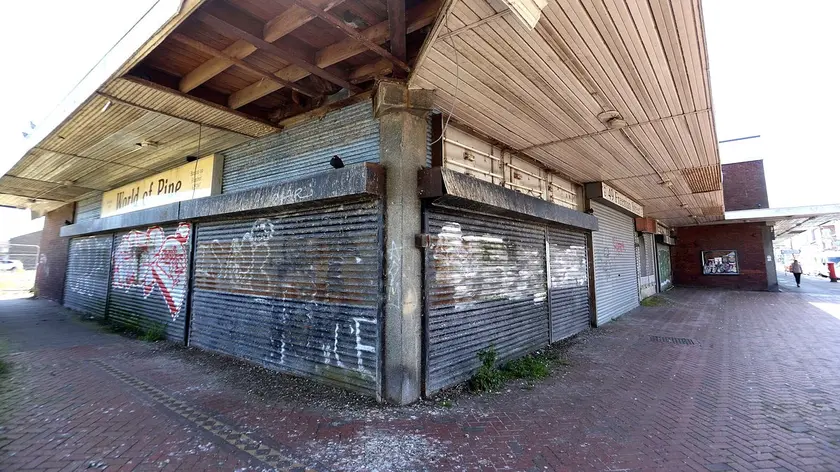
Game retailer to close five branches in the UK
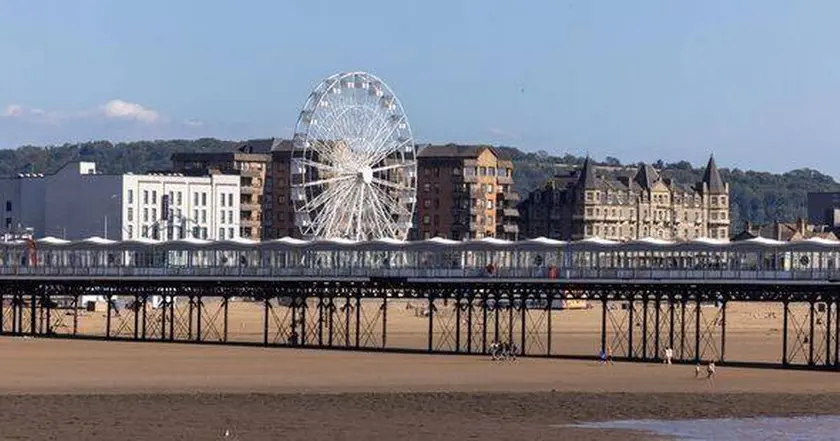
Weston-super-Mare pier at risk as funding gap grows
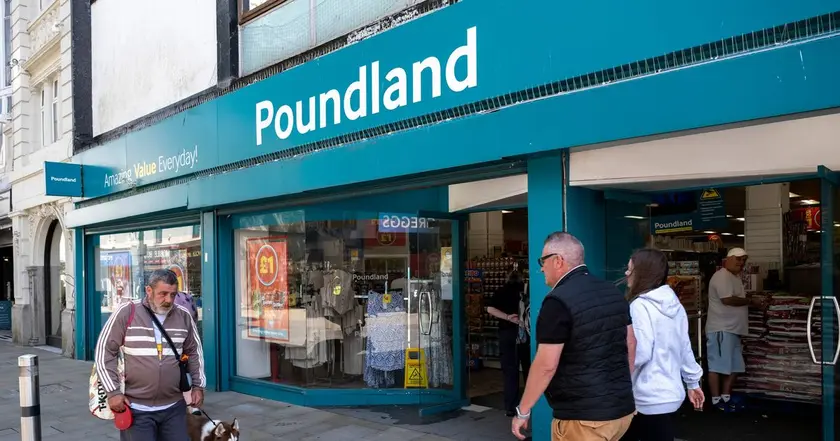
Major retail downturn as UK stores close in August
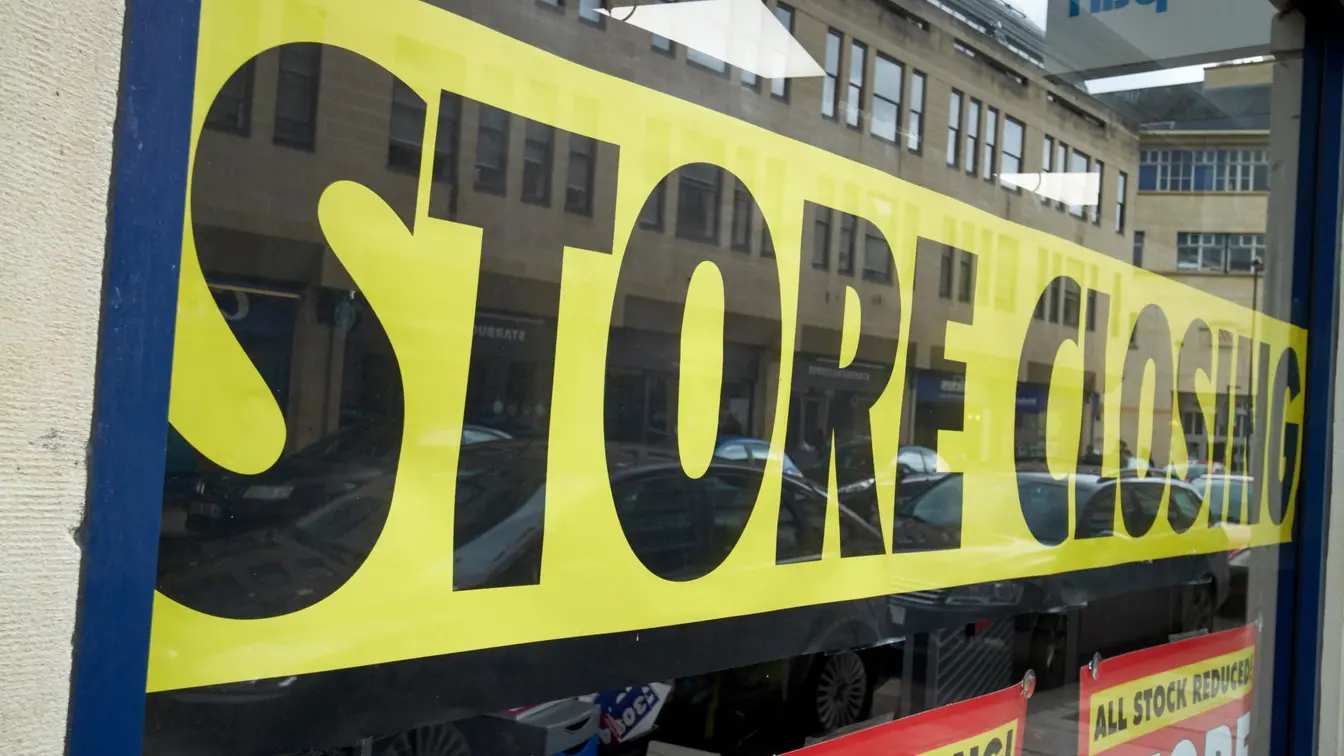
Hobbycraft store closures
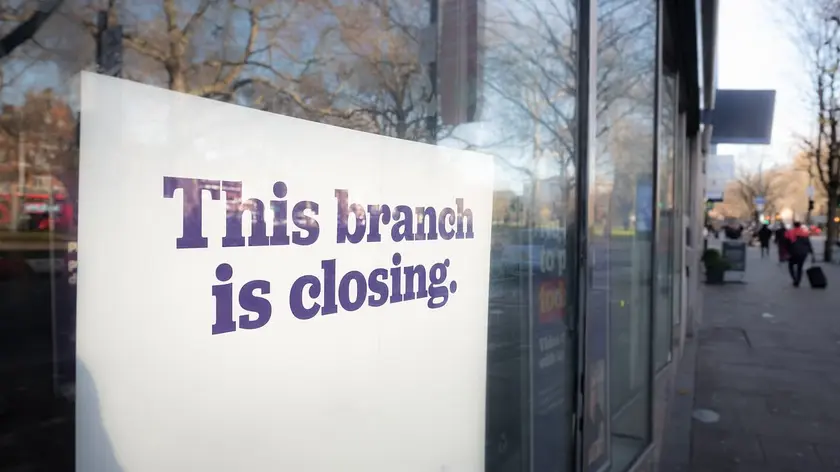
Hobbycraft to close nine more stores
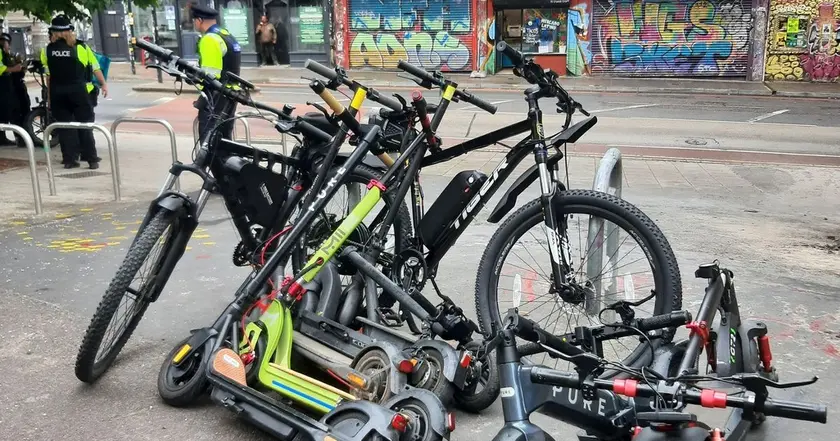
Police seize eight illegal e-scooters and two e-bikes in Bristol

S&P 500 Declines Amid Rising Inflation
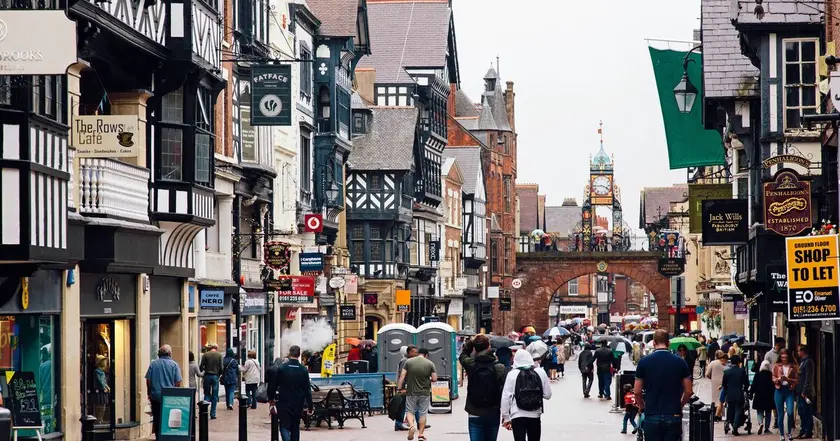
UK high street stores close in August
